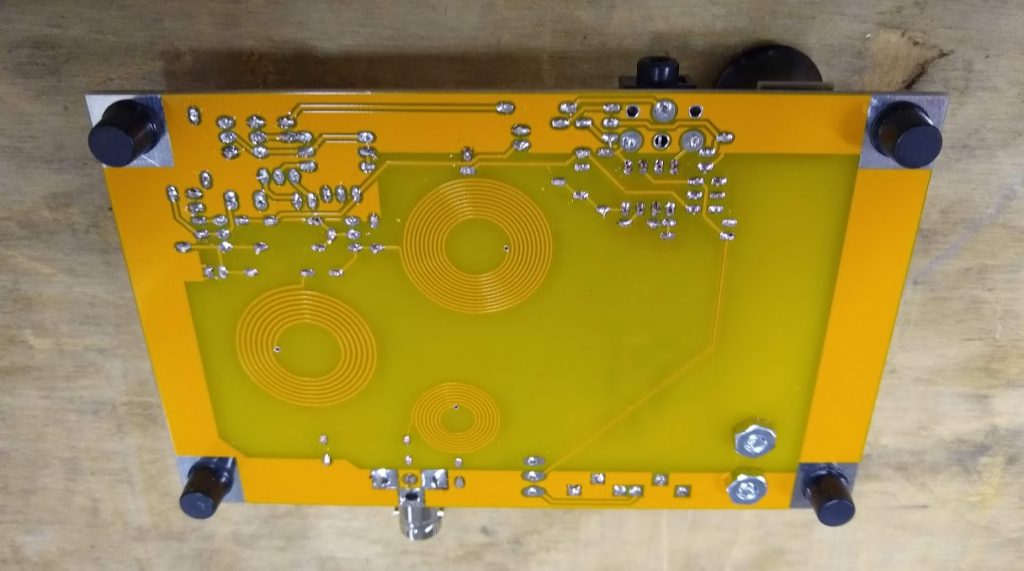Tomorrow is the final day in this latest HAARP campaign–still time to tune in:
(Source: Chris Fallen)
Funding Agencies: National Science Foundation, Fourth State Communications
Experimenters/Instrumentation Support: Cornell University, UAF, Naval Research Lab, Eastern Michigan University, HAM amateur radio operators
Research: Experiments are carried out by scientists from Cornell University, the University of Alaska Fairbanks, and Fourth State Communications, LLC. Additional instrumentation and other support will be provided by scientists from the Naval Research Lab and Eastern Michigan University, and by ham amateur radio operators located in Alaska and British Columbia. During the campaign, scientists will investigate radio-enhanced airglow (i.e. “artificial aurora”) including its relation to the natural aurora and use for measuring high-altitude winds in the thermosphere, the ionospheric generation of very low frequency (VLF) radio waves, and testing new communications applications of artificial ionosphere plasma structures. HAARP operations can be monitored throughout Alaska using shortwave radio receivers tuned to frequencies between 2.7 and 10 MHz. Conditions permitting, the artificial aurora may be photographed as a faint “spot” above Gakona between approximately 4:30 and 6:30 p.m. Alaska Standard Time on each day of the campaign.
Follow Chris Fallen’s Twitter feed for up-to-date times and frequencies.










